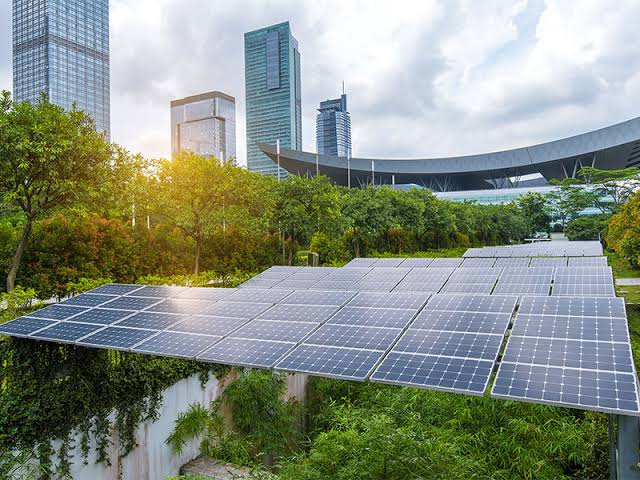LEED: Paving the Way for Sustainable Buildings
LEED, or Leadership in Energy and Environmental Design, is a globally recognized green building certification system developed by the U.S. Green Building Council (USGBC). This voluntary program provides building owners and operators a framework for designing, constructing, and operating high-performance green buildings. LEED certification signifies that a building was designed and built using strategies aimed at improving energy efficiency, reducing water usage, generating renewable energy, conserving materials, and improving indoor environmental quality.
Key features and benefits of LEED certification include:
* Environmental performance: LEED buildings are designed to minimize their environmental impact by reducing greenhouse gas emissions, conserving resources, and protecting ecosystems.
* Health and well-being: LEED certification promotes healthier indoor environments for occupants through improved air quality, lighting, and acoustics.
* Economic benefits: LEED buildings often have lower operating costs due to increased energy efficiency and reduced water usage.
* Market recognition: LEED certification enhances a building's marketability and can increase property values.
* Innovation: LEED encourages innovative design solutions and promotes the adoption of sustainable building practices.
To achieve LEED certification, buildings must meet a set of prerequisites and earn points in various categories, such as:
* Sustainable sites: Addresses site selection, water efficiency, and stormwater management.
* Water efficiency: Reduces potable water use.
* Energy and atmosphere: Improves energy performance and promotes the use of renewable energy.
* Materials and resources: Encourages the use of sustainable materials and reduces waste.
* Indoor environmental quality: Provides healthy and productive indoor environments.
* Innovation in design: Recognizes innovative strategies beyond the base requirements.
By promoting sustainable building practices, LEED is helping to create a more sustainable built environment and address pressing global challenges such as climate change.
.........................
Amr Ghazy
Environmental Consultant
[email protected]
